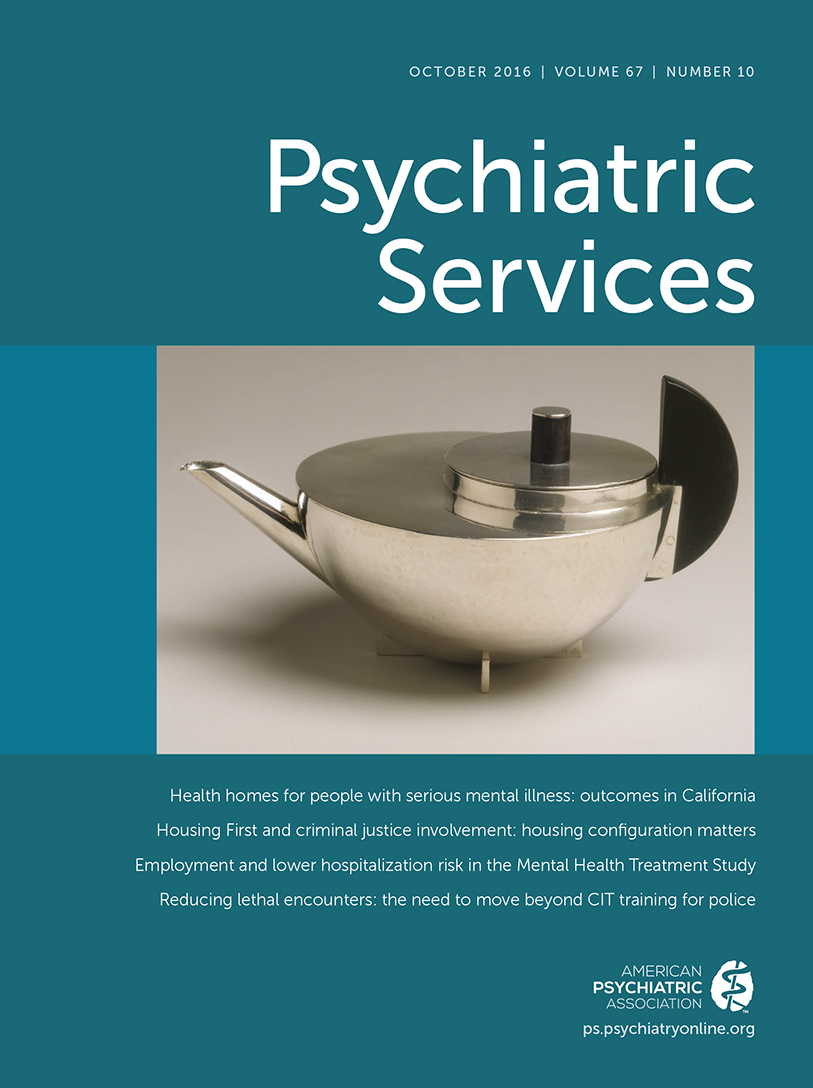News & Notes
SAMHSA reports latest NSDUH data: The Substance Abuse and Mental Health Services Administration (SAMHSA) is issuing “First Finding Reports” based on 2015 data from the National Survey on Drug Use and Health (NSDUH), which surveys a sample of Americans ages 12 and older. In 2015, one in 10 respondents reported past-month illicit drug use, driven primarily by use of marijuana and misuse of prescription pain relievers. About one in five Americans reported current cigarette smoking. Twenty-five percent of respondents reported past-month binge drinking, and 7% reported heavy use. For underage use (ages 12 to 20), 13% of youths reported binge drinking, and 3% reported heavy use. In 2015, about one in 12 Americans (8%) needed substance abuse treatment, and 14% of those who needed it received it. Among adults (18 and older), 18% had any past-year mental illness, and 4% had a serious mental illness—percentages that have remained stable since 2008. An estimated 14% of adults received past-year mental health care—about 43% of those with any mental illness and 65% of those with serious mental illness. These and other NSDUH findings are reported in Key Substance Use and Mental Health Indicators in the United States, which is available on SAHMSA’s Web site (http://www.samhsa.gov/data/sites/default/files/NSDUH-FFR1-2015/NSDUH-FFR1-2015/NSDUH-FFR1-2015.htm).
Two reports describe high-cost patients: Two new Commonwealth Fund studies examine a relatively small segment of the U.S. population known as “high-need adults.” These are Americans who live at home and have three or more chronic illnesses and a functional limitation in their ability to care for themselves. High-need adults, estimated to number 12 million, account for a large portion of health care spending, and they differ notably from adults with multiple chronic diseases but no functional limitations (comparison group), as reported in High-Need, High-Cost Patients: Who Are They and How Do They Use Health Care? (http://www.commonwealthfund.org/publications/issue-briefs/2016/aug/high-need-high-cost-patients-meps1?omnicid=CFC1091049&mid). Their average annual health care spending tops $21,000, nearly three times that for the comparison group and more than four times that for U.S. adults. Variations among high-need patients suggest opportunities for targeted interventions. Data reported in the second study, Health System Performance for the High-Need Patient: A Look at Access to Care and Patient Care Experiences (http://www.commonwealthfund.org/publications/issue-briefs/2016/aug/high-need-high-cost-patients-meps2?omnicid=CFC1091049&mid), show that the health care system needs to work better for this group. High-need adults are more likely than the comparison group to report unmet medical needs and less likely to report good patient-provider communication. Although adults with private insurance report the fewest unmet needs, they also report the greatest difficulty having their needs met. Five national foundations have announced a collaboration to transform care delivery for high-need, high-cost patients: the Commonwealth Fund, John A. Hartford Foundation, Robert Wood Johnson Foundation, Peterson Center on Healthcare, and the SCAN Foundation (http://catalyst.nejm.org/caring-for-high-need-high-cost-patients).
Latinos and low-income adults most likely to remain uninsured: Although the number of uninsured Americans has declined since the Affordable Care Act (ACA) became law, 24 million Americans remain uninsured, according to a new Commonwealth Fund survey. Uninsured individuals are disproportionately likely to be Latino. Most of those who remain uninsured have annual incomes of less than $16,000, are under age 35, and work for a small business, and half live in one of the states that had not yet expanded Medicaid at the time of the survey (February–April 2016), according to data cited in Who Are the Remaining Uninsured and Why Haven't They Signed Up for Coverage? (http://www.commonwealthfund.org/publications/issue-briefs/2016/aug/who-are-the-remaining-uninsured?omnicid=CFC1091049&mid). Latinos' share of the uninsured has risen from 29% in 2013 to 40% in 2016, more than twice their representation in the overall population. In contrast, white Americans account for a smaller proportion of uninsured—about half in 2013 and 41% in 2016. The vast majority of uninsured adults (94%) have incomes that make them eligible for either marketplace subsidies or Medicaid. Why do millions of Americans remain uninsured? The top two factors cited in the report are the ACA’s exclusion of undocumented immigrants from the coverage expansions and the lack of Medicaid expansion in some states, including two of the largest states—Texas and Florida.
Milbank Memorial Fund reviews Medicaid options for social interventions:Medicaid Coverage of Social Interventions: A Road Map for States (http://www.milbank.org/uploads/documents/medicaid_coverage_of_social_interventions_a_road_map_for_states.pdf) is a practical guide for policy makers who want to know when and how states can use Medicaid to facilitate access to such services as housing, employment, and peer and community supports. “As states increasingly pursue value-based payments and delivery system reform models that prioritize outcomes and cost-effectiveness, they may find that there are even more ways to use Medicaid to address social issues when it is cost-effective to do so,” the authors conclude.



